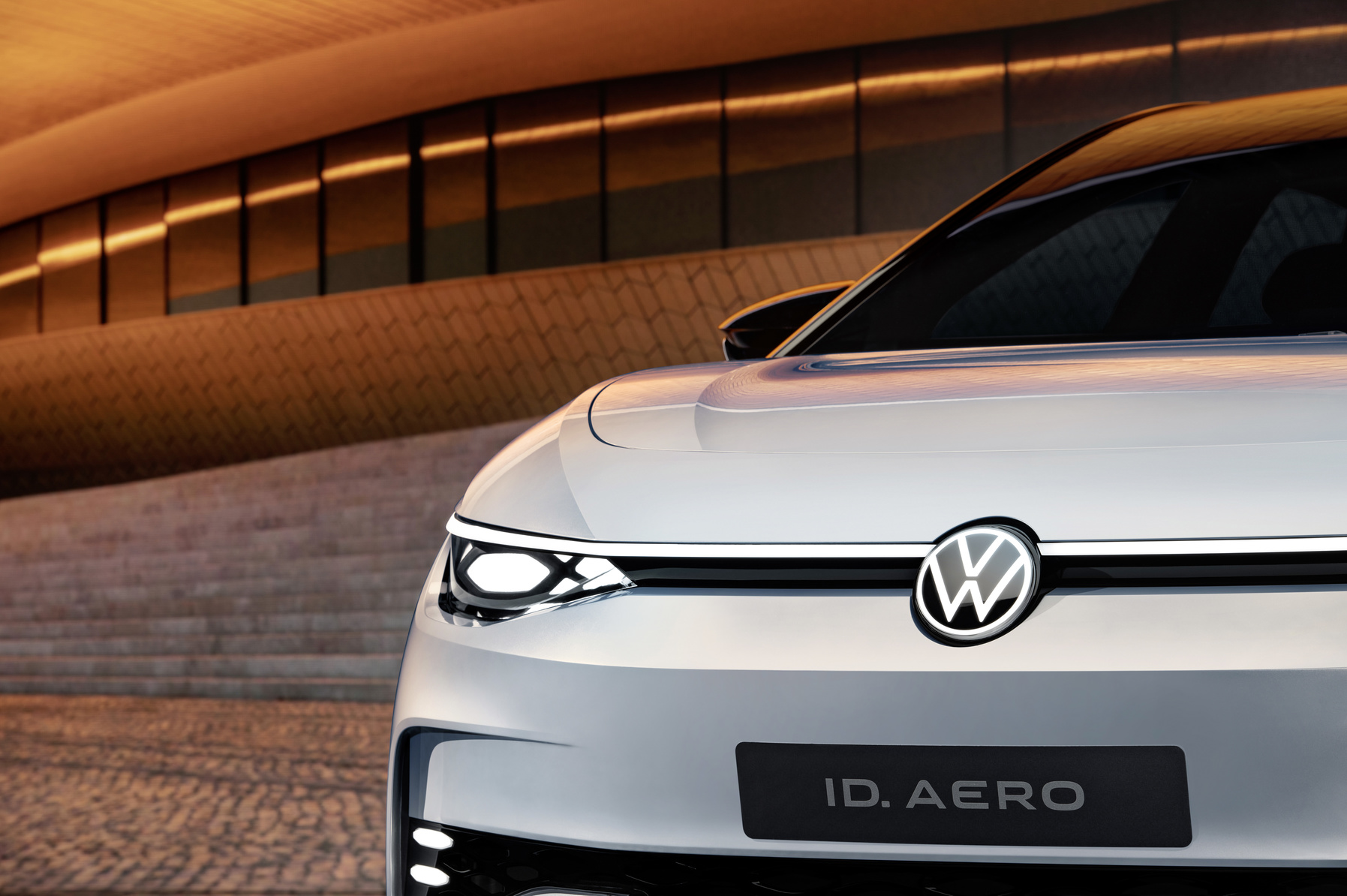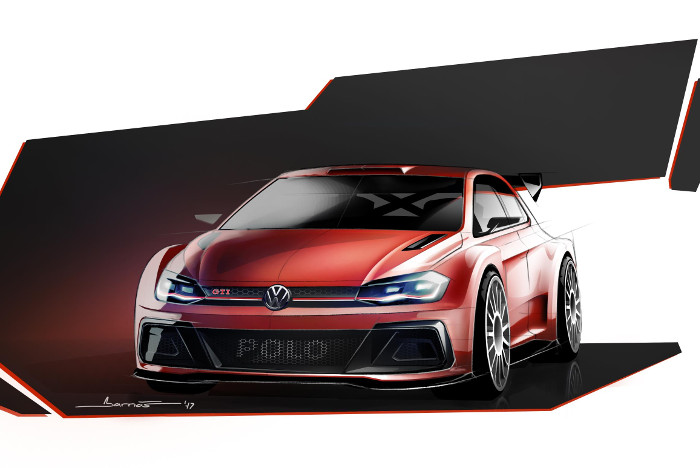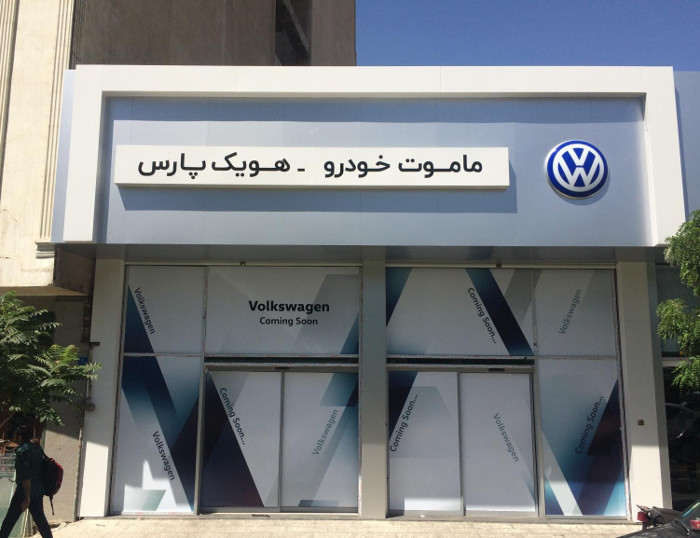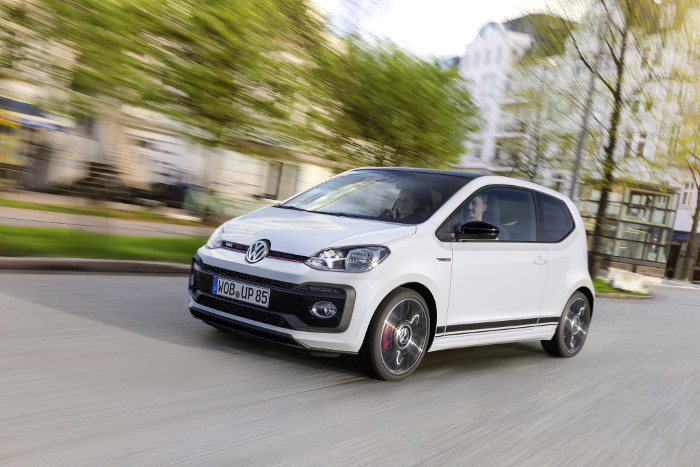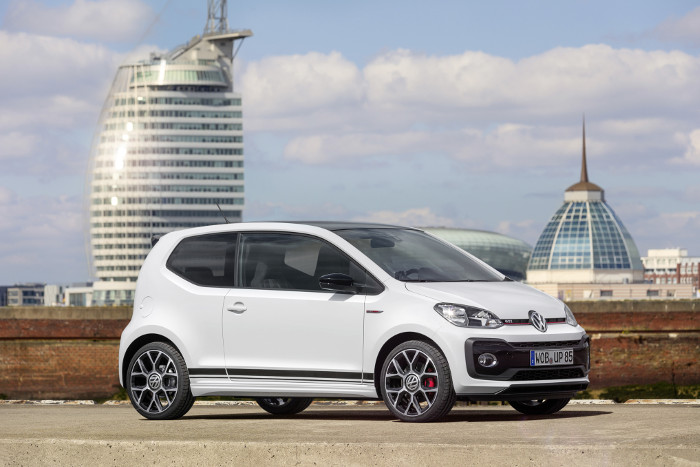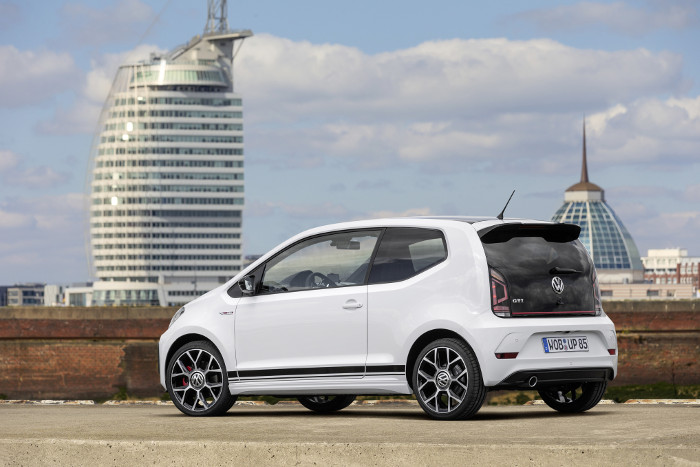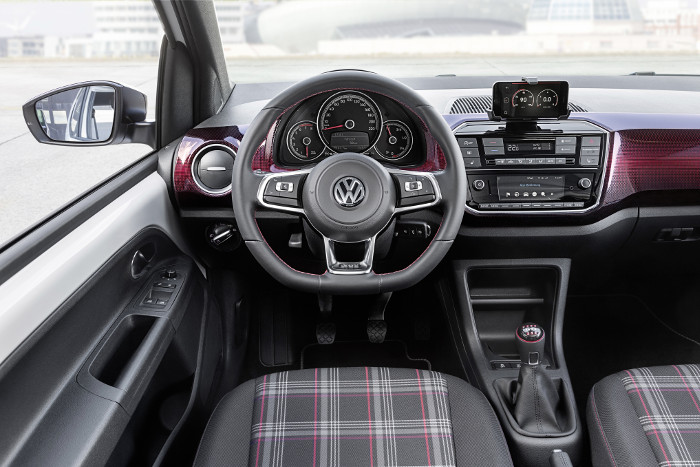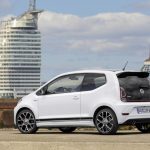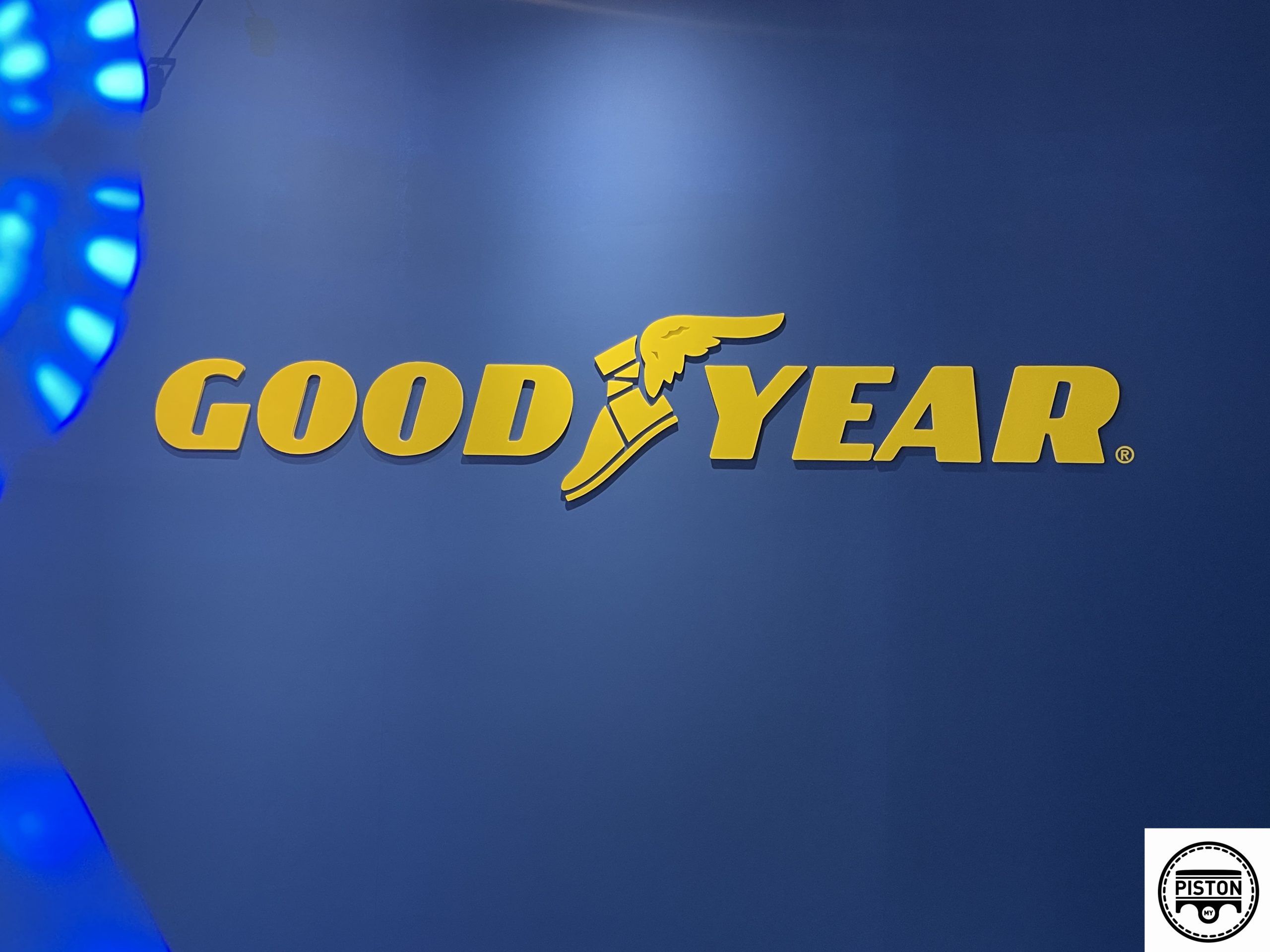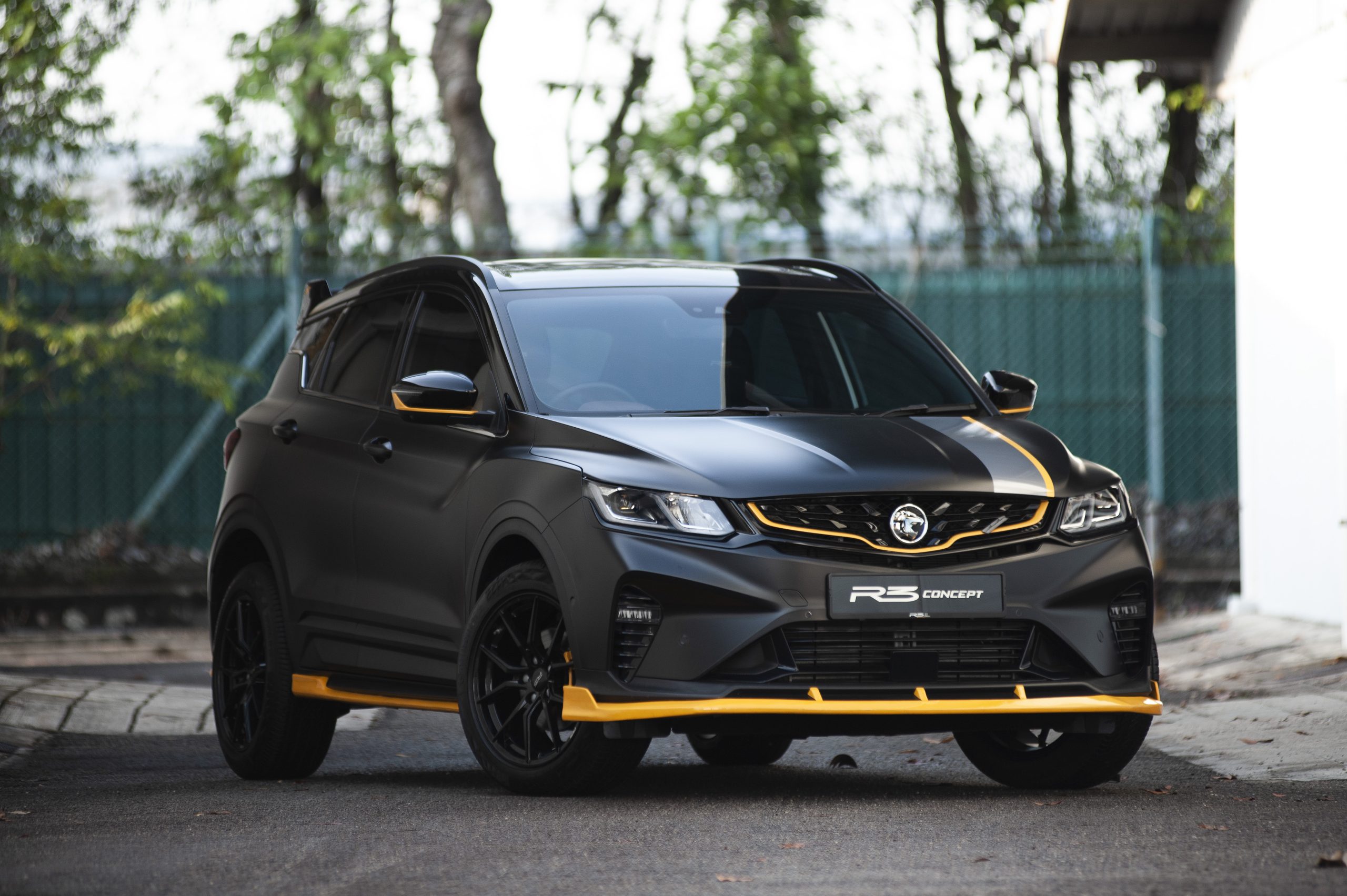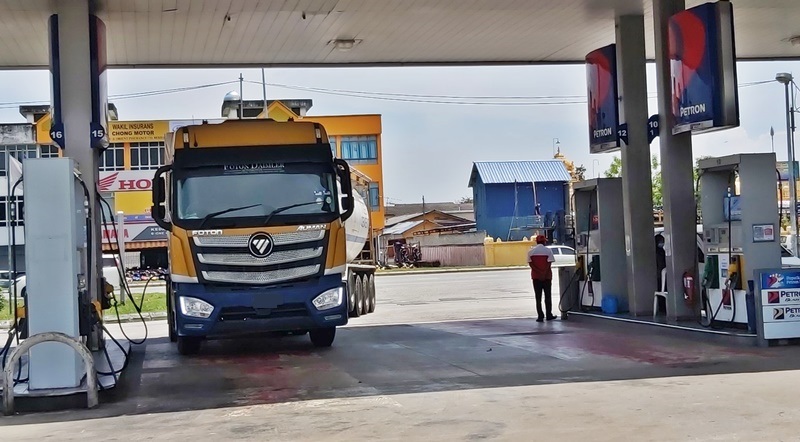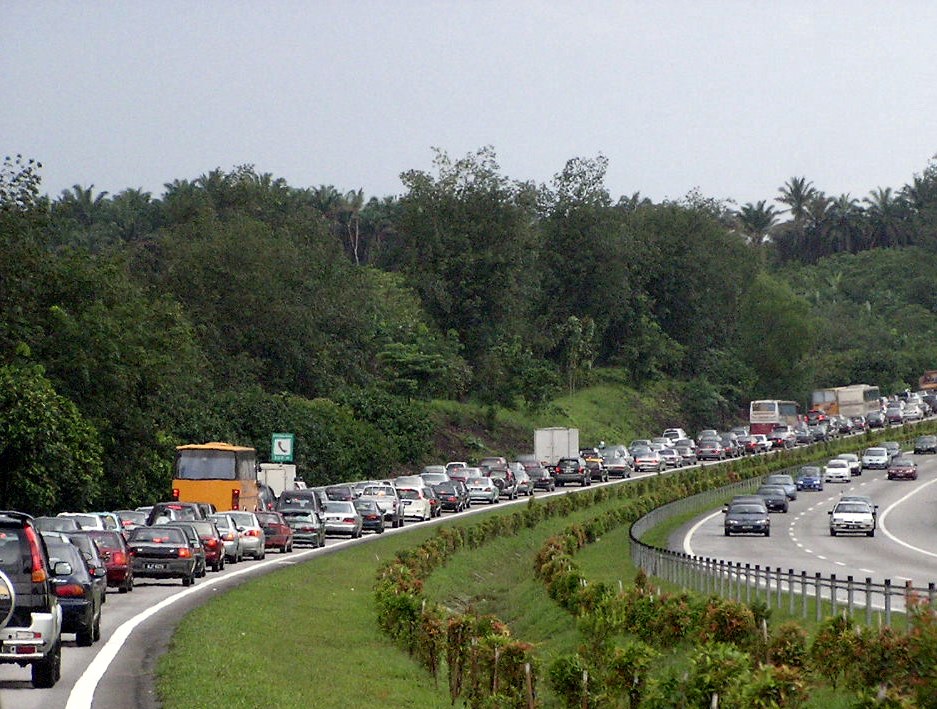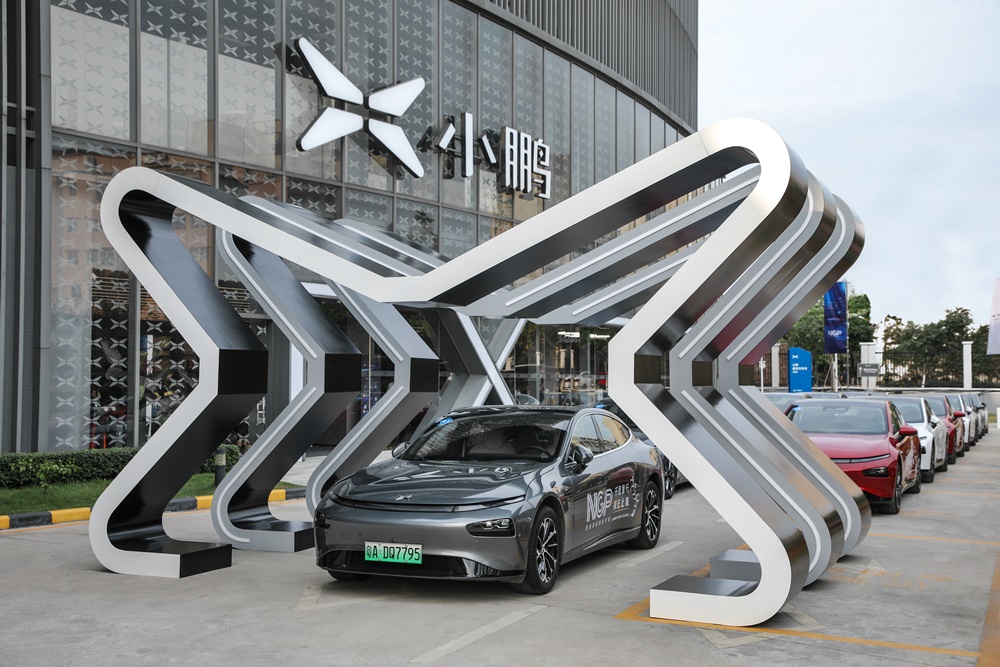Volkswagen, facing challenges in a competitive automotive landscape, has informed its employees to brace for potential job cuts as the company aims to save €10 billion. The move is part of the automaker’s strategy to address inefficiencies, high costs, and regain competitiveness in a rapidly changing industry.
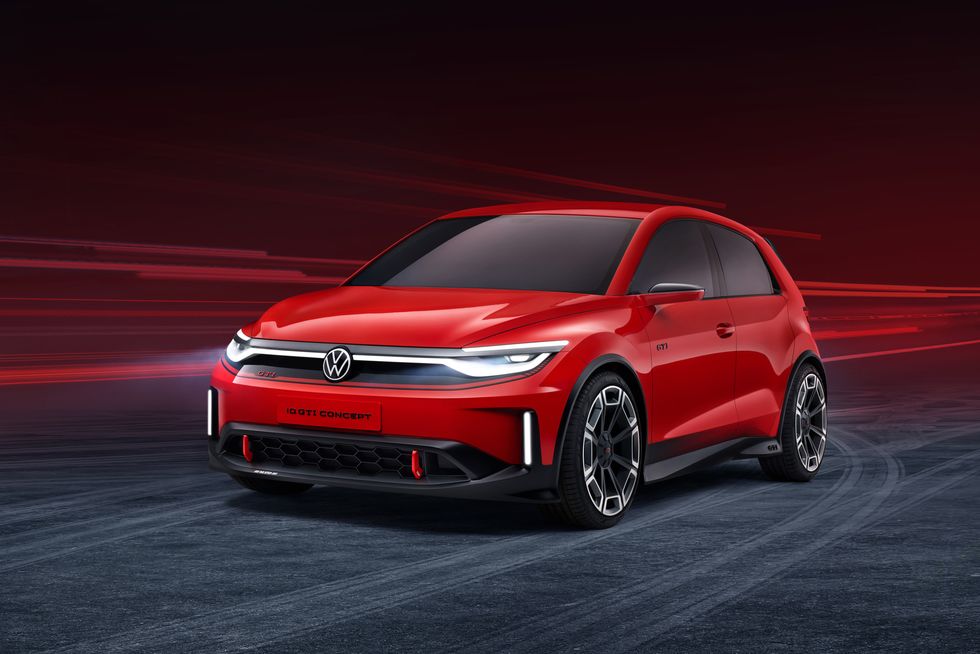
Company Struggles and Cost-Cutting Measures
Volkswagen is currently grappling with a decline in market share in China, the need to navigate the competitive landscape posed by Tesla, and a temporary production pause for its electric vehicles in Europe due to sluggish demand. Thomas Schaefer, CEO of the VW brand, candidly stated at a recent staff meeting that the company is “no longer competitive” in its current state, citing high costs and inefficiencies within the organization.
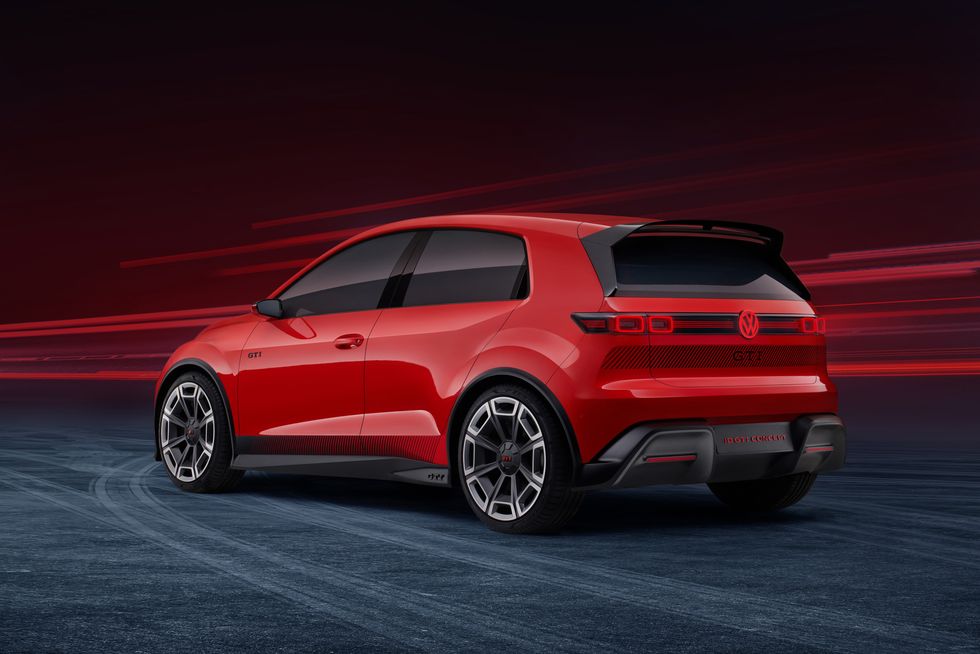
During the meeting at the Wolfsburg headquarters, Schaefer emphasized the need for change, stating, “With many of our pre-existing structures, processes, and high costs, we are no longer competitive as the Volkswagen brand.” Gunnar Kilian, a board member for human resources, acknowledged the possibility of job reductions, with some employees considering partial or early retirement. However, he emphasized that the majority of the targeted €10 billion in savings would come from measures beyond job cuts, details of which will be revealed later.
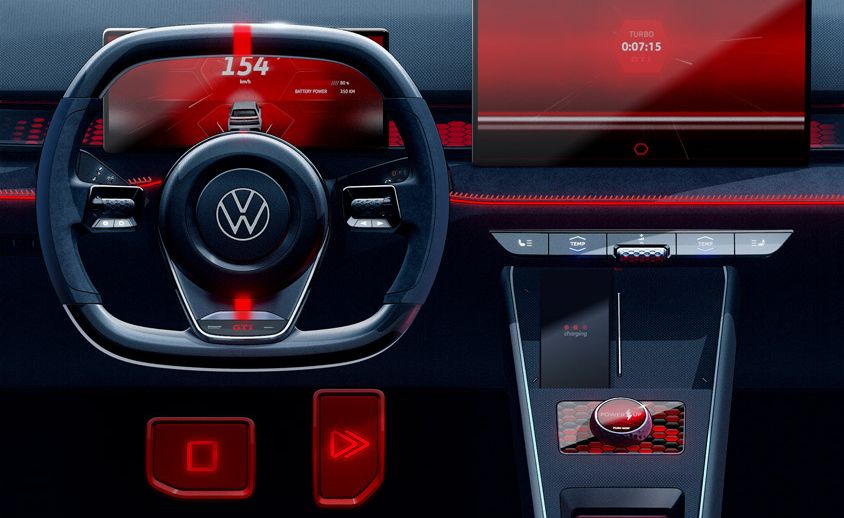
Addressing Inefficiencies and Duplications
Kilian urged the company to be “brave and honest enough to throw things overboard that are being duplicated within the company or are simply ballast we don’t need for good results.” The company aims to streamline its operations, eliminate redundancies, and optimise processes to achieve cost savings and enhance overall efficiency.
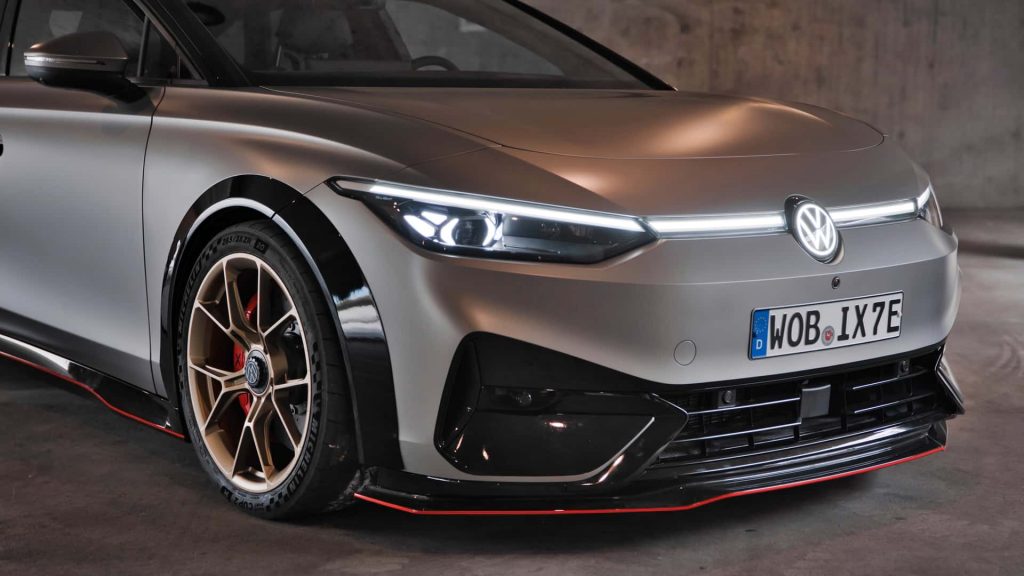
This announcement follows earlier warnings from Schaefer in June, where he alerted VW managers about rising costs, stating, “the roof is on fire” and emphasising the need to address cost challenges across various areas within the company.
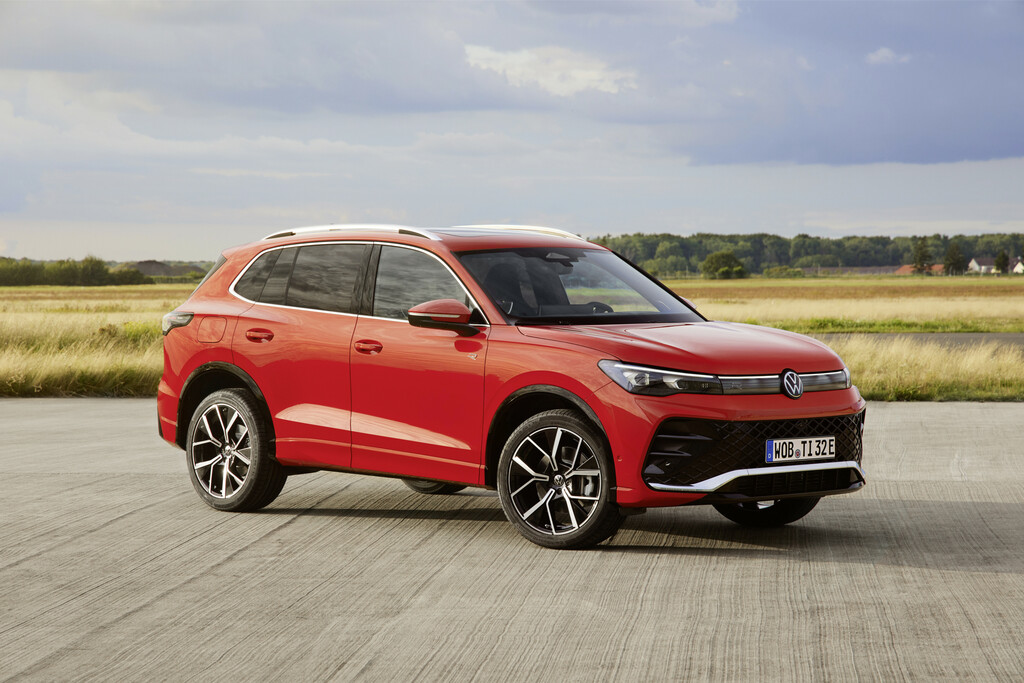
Volkswagen’s cost-cutting strategy reflects the broader challenges faced by traditional automakers as they navigate an industry undergoing significant transformation, including the rise of electric vehicles and changing consumer preferences.


